|
La Gran Piedra (the great rock in English) is the highest point in the Cordillera of the Parque Nacional and stands 1,225m high (4,020ft). Because of this it has a much cooler climate than down on the coast and it also rains a lot more. The hotel lies just a short way below the summit and the reception and restaurant are in one building and the rooms are in separate individual buildings spread out along the road often with fabulous views over the valley. Looking over the railings in front of the reception building at the vegetation below proved to be a productive area for butterflies and here we saw a Frosty Flasher Astraptes habana and Doug also pointed out the foodplant Erythrina and a larval shelter containing a small larva. A Pelaus Swallowtail Heraclides pelaus cruised up and down and a Polydamas Swallowtail Battus polydamas spent a couple minutes nectaring on the flowers outside the restaurant. There had been a big thunderstorm during the night but the early clouds soon cleared and it became sunny with broken cloud. We walked down the road to the botanical gardens but did not go in as we had to have a guide to do so. We had hoped to see Cuban Clearwing Greta cubana but failed. We did see a nice male Orange-washed Sulphur Phoebis avellaneda taking moisture on the ground as well as Mimosa Yellow Pyrisitia nise and a male Whitish Yellow Pyrisitia messalina The only one we had seen before was a female and I was surprised how similar this male was to Smudged Yellow P. lucina. The black mark on the forewing was however more clear-cut rather than the smudge of P. lucina as its name would suggest. Doug caught a rather interesting anole and certainly not one we had seen before. I think it is Anole Anolis isolepis though the information I can find on it is rather sparse, and it might just be Anolis imias though that I believe is not known to occur this far west. On being handled it quickly changed colour from very dark to a brownish-green. After lunch we climbed the 459 steps up to the top of the Gran Piedra on which there is a meteorological radar - again hoping for G. cubana but no luck. There were however magnificent views and an American Painted Lady Vanessa virginiensis at the top. Hernández (2004) mentions that Gundlach had recorded this species here in 1881! And he himself had also collected the occasional specimen here in the late 20th century. Our room maid was a nice lady called Aurora and Lynn gave her a dictionary to help her learn English. While back at our rooms after a short rain shower Douglas searched the small palms in the gardens for larvae and found a full-grown Caribbean Skipper Pyrrhocalles antiqua larva. It was taking the risky option of feeding during the day which makes it much more obvious to small birds that might prey on it but it would shoot back down the tube shelter at the slightest touch of the palm leaf. The larva was a male as you can see the two yellow testes showing through on its back.
0 Comments
Leave a Reply. |
Welcome to our Blog
Here we will post interesting news about what we and others have seen in Cuba. Archives
July 2024
Categories |
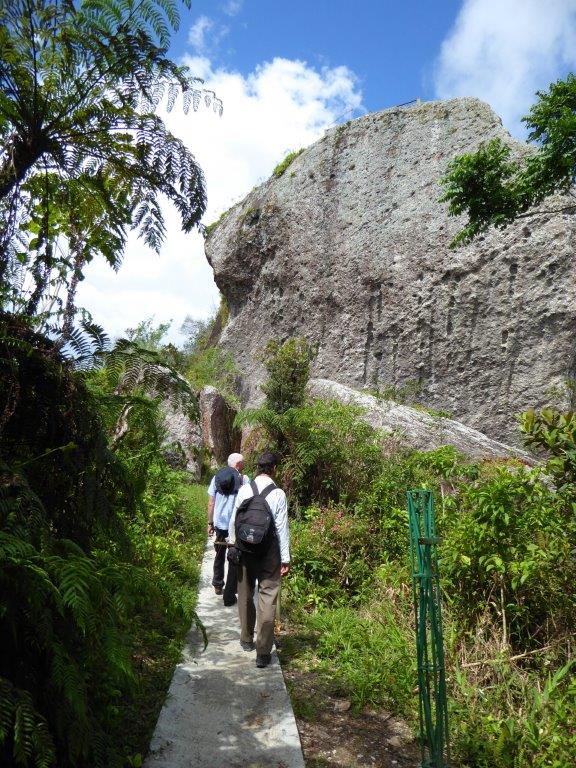
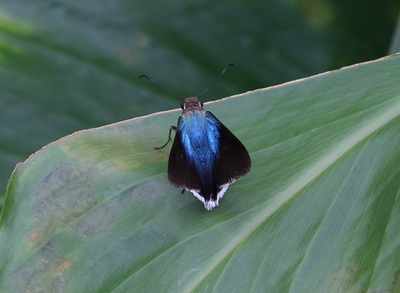
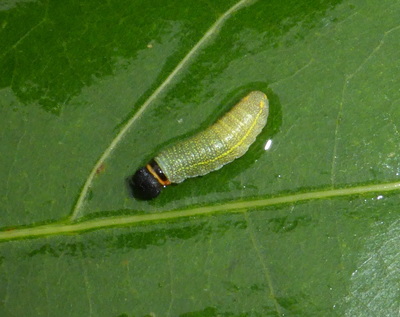
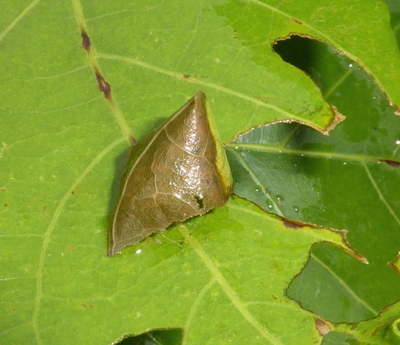
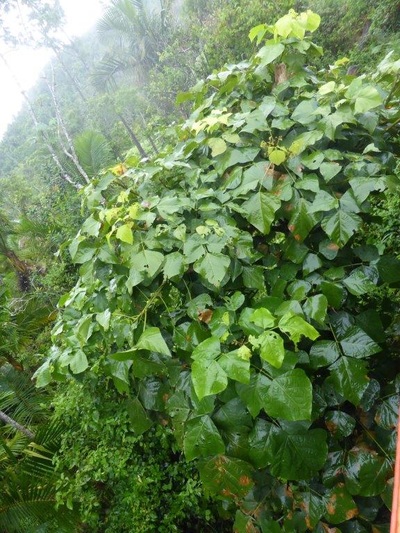
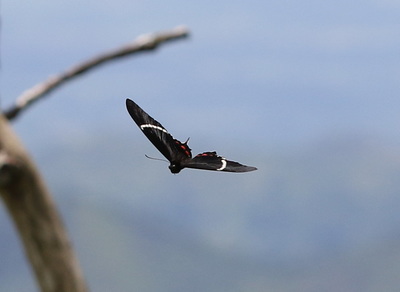
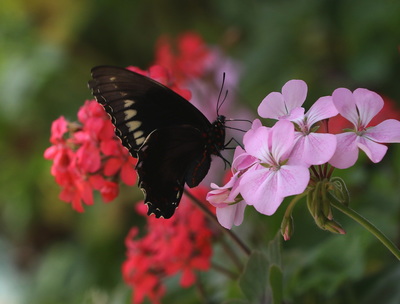
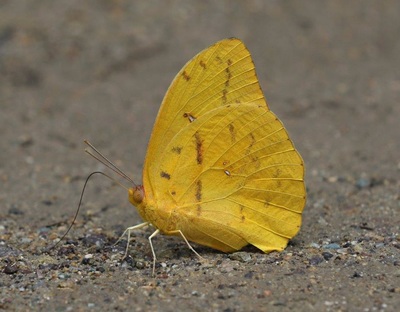
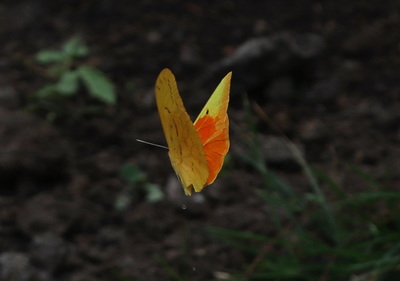
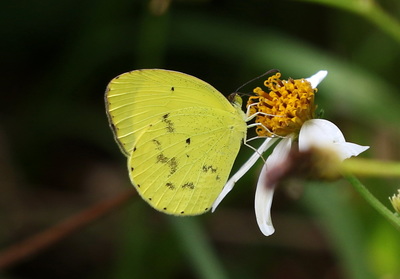
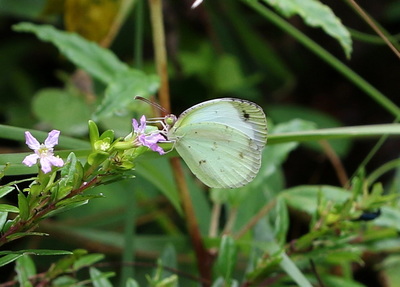
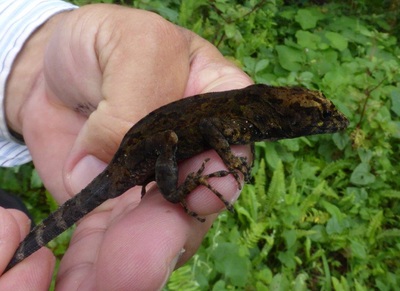
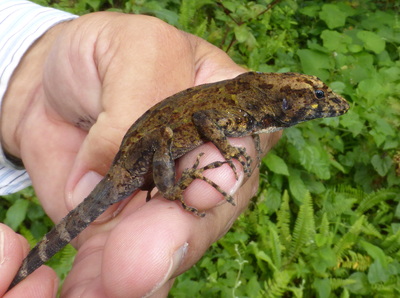
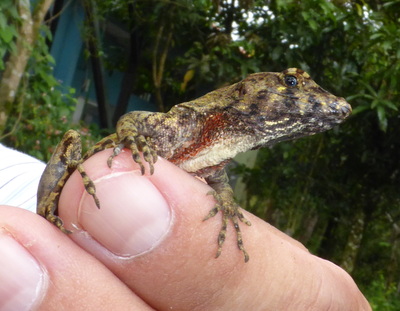
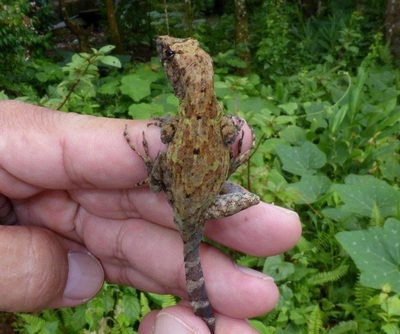
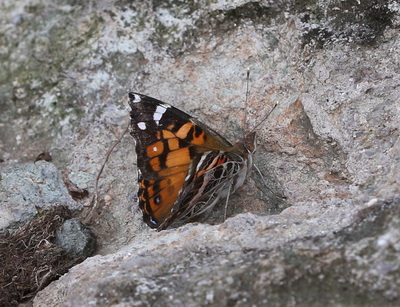
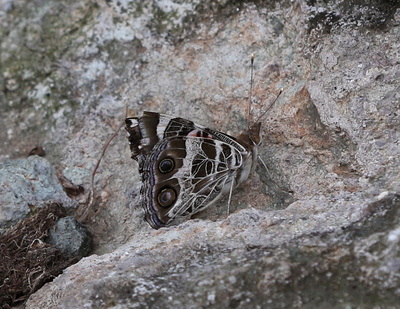
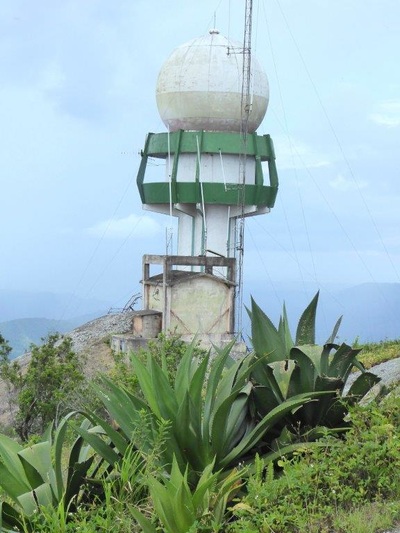
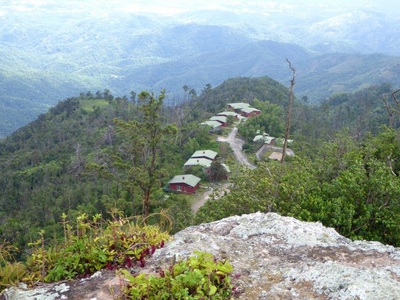
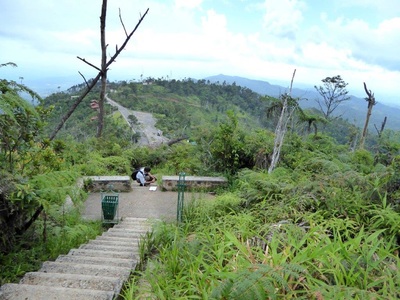
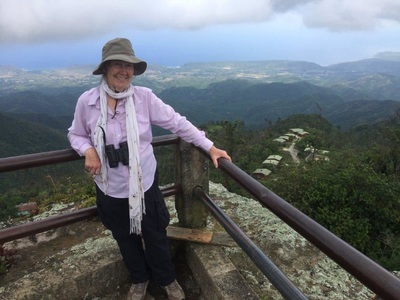
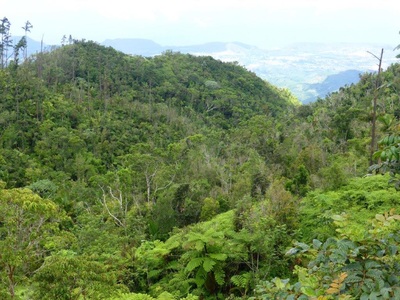
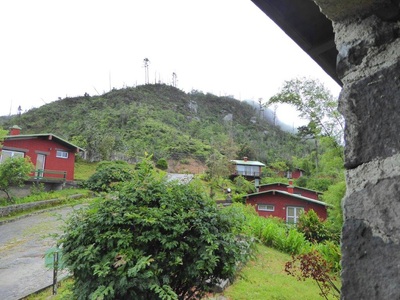
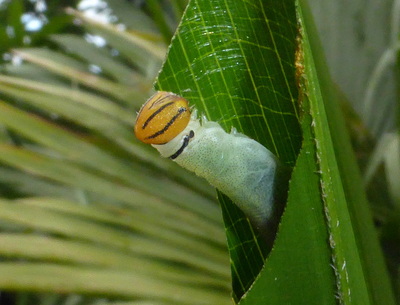
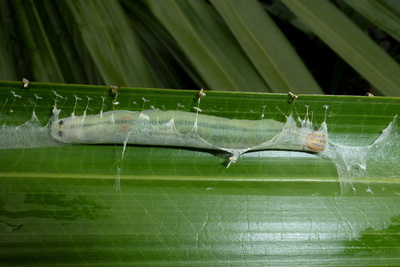
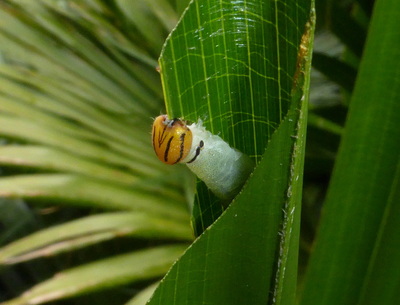
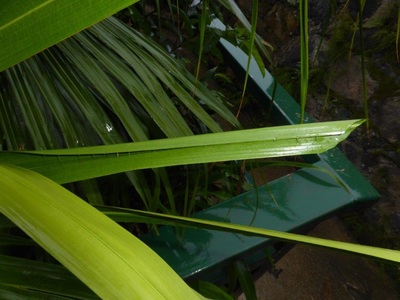
 RSS Feed
RSS Feed